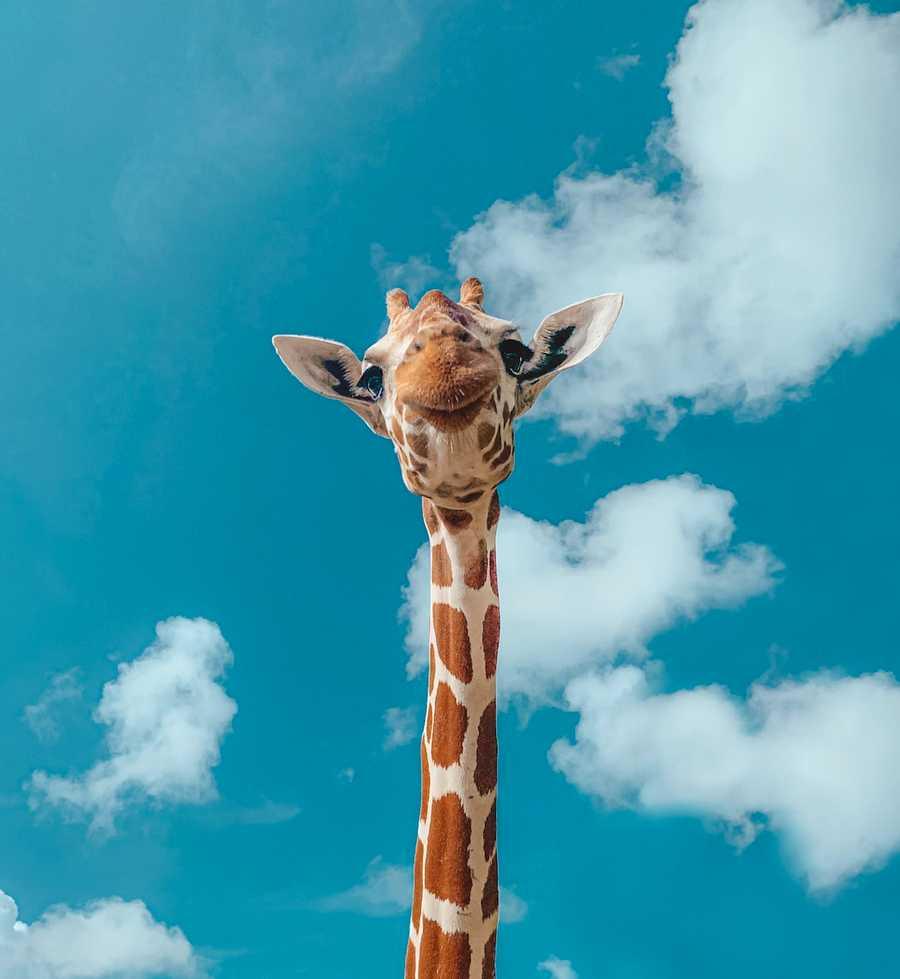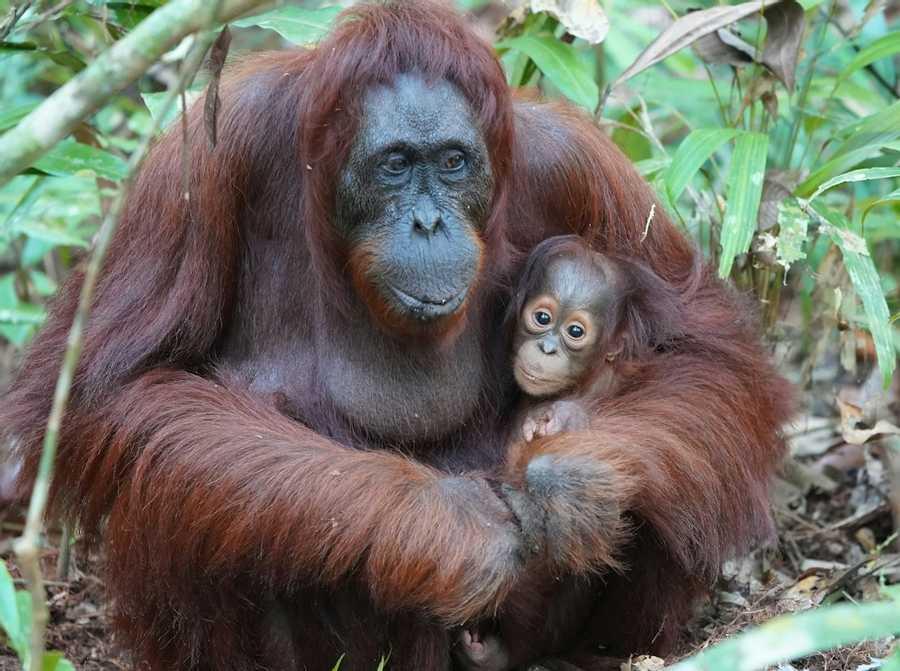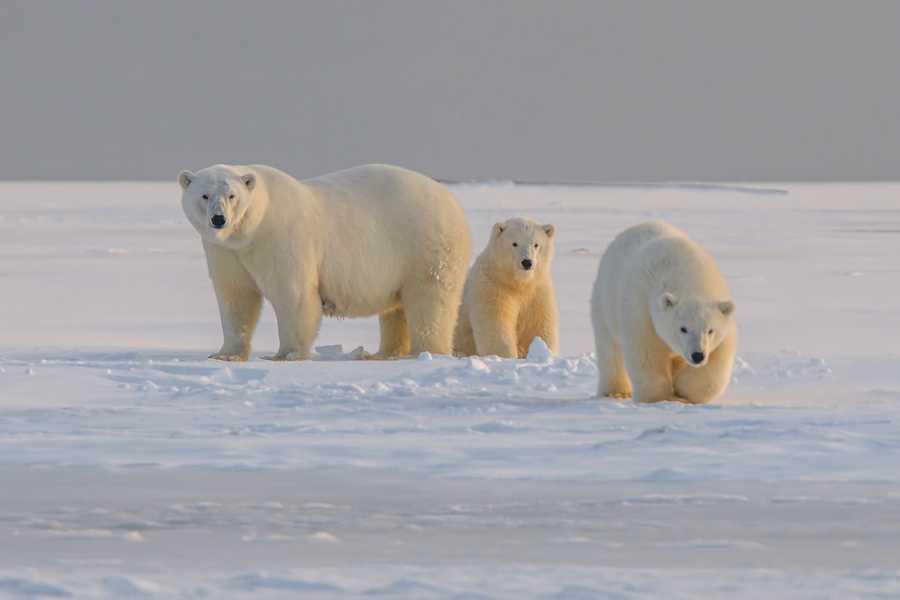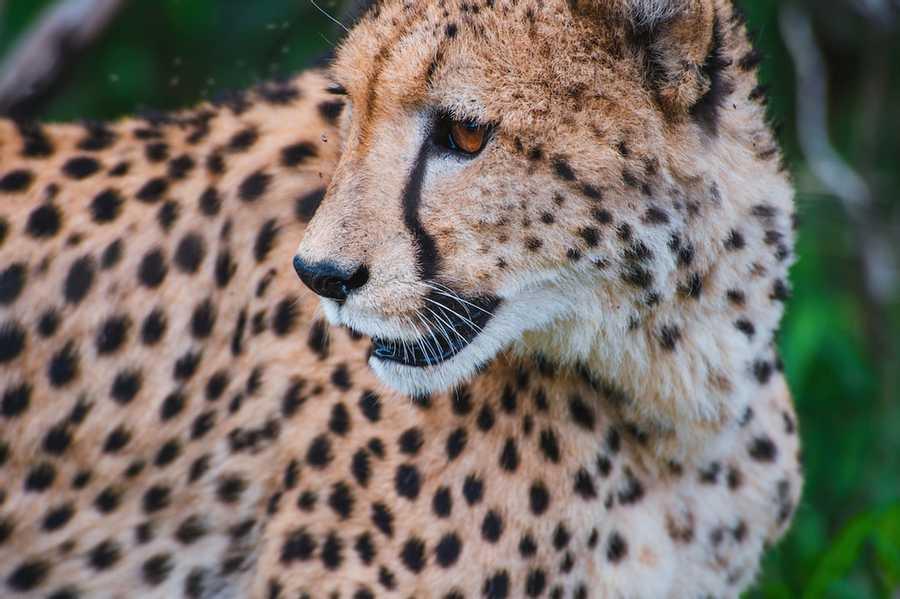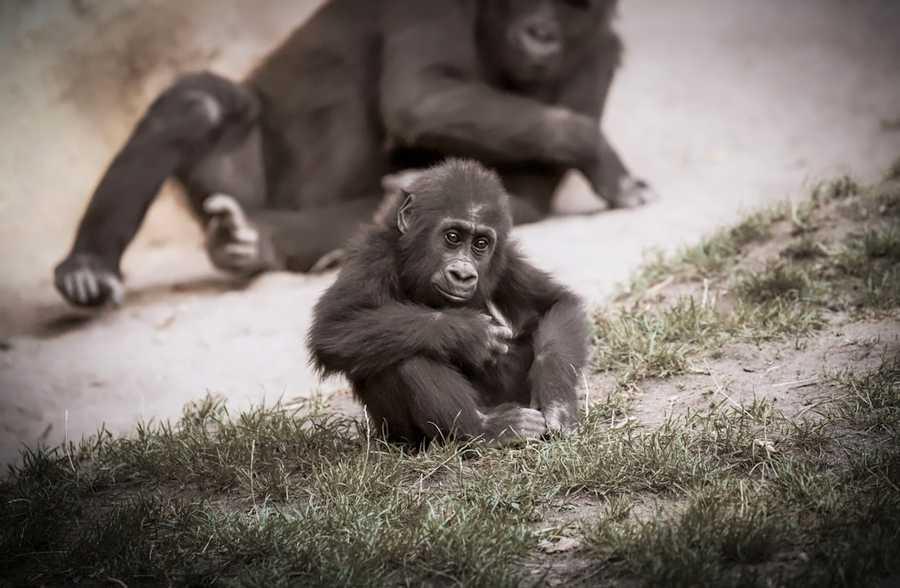6 of the Best Animal Mothers and Why They Are Amazing - Learning Liftoff
Curated from: learningliftoff.com
13
1
Explore the World's Best Ideas
Join today and uncover 100+ curated journeys from 50+ topics. Unlock access to our mobile app with extensive features.
Giraffe
- Giraffes gave birth after a pregnancy of 15 month
- Since the young giraffes cannot run fast, its mother will hide it or leave it with other mother giraffe “babysitters”—known as a creche—while she looks for food
- Like humans, [the baby giraffes] will start to miss their mother and will wait for her where she was last seen until she comes back
- Like most moms, giraffes don’t get much sleep. They are always on guard, protecting themselves and their offspring, so they only get about 30 minutes of sleep a day, usually just a few minutes at a time.
8
94 reads
Elephant
- new animal parenting style called the “elephant mom,” is focuses on protection and encouragement the child.
- Like giraffes, elephants share in the responsibility of caring and defending their young. Elephant moms will often come together to protect and save a baby elephant, even at their own risk.
- Elephants are loving creatures and moms stay close to their babies, bringing them back to the fold if they wander away, bathing them, nursing them, and teaching them survival skills.
- And elephants stay with their mothers for an average of 16 years.
8
74 reads
Orangutan
- The orangutan mother–infant bond is one of the most intense and intimate I’ve ever seen in any animal
- Orangutan mothers carry their babies around until they are five years old and they can breast feed them until they are eight years old
- When they do eventually leave “home,” the female orangutans will often come back for visits with their moms.
- Young orangutans learn nearly everything they need to know from their mothers.
8
71 reads
Polar Bear
- A mother polar bear must gain extra weight—more than 400 pounds—to ensure the fetus is not reabsorbed by her body
- She doesn’t eat for a few months while she goes into a hibernation state before giving birth
- Her cubs are tiny—just one pound—and helpless when born, but even as they get bigger, they stay near their moms for two to three years learning how to survive
8
72 reads
Cheetah
- The cheetah mom is a hard-working single mother, having to raise between two and eight cubs at a time.
- In addition to feeding and teaching them, she must protect them from lions, hyenas, and other predators.
- To keep her litter safe, the mother cheetah moves her cubs to a new location every few days.
- The babies nurse until they are about eight months old and then they begin to learn to stalk and hunt, getting lessons from mom and practice time with their siblings.
8
71 reads
Gorilla
- are highly protective of their young baby
- after birth, they clean the baby, clear his nasal passages, and gentile cradled him
8
97 reads
IDEAS CURATED BY
CURATOR'S NOTE
Learning and understand animals motherhood
“
Ade Oane's ideas are part of this journey:
Learn more about scienceandnature with this collection
How to practice effectively
The importance of consistency
How to immerse yourself in the language
Related collections
Similar ideas
1 idea
Why is it difficult to find LIFE on EXOPLANET?
Sudhir Talati
1 idea
8 ideas
Made to Stick: Why Some Ideas Survive and Others Die
Chip Heath, Dan Heath
Read & Learn
20x Faster
without
deepstash
with
deepstash
with
deepstash
Personalized microlearning
—
100+ Learning Journeys
—
Access to 200,000+ ideas
—
Access to the mobile app
—
Unlimited idea saving
—
—
Unlimited history
—
—
Unlimited listening to ideas
—
—
Downloading & offline access
—
—
Supercharge your mind with one idea per day
Enter your email and spend 1 minute every day to learn something new.
I agree to receive email updates

